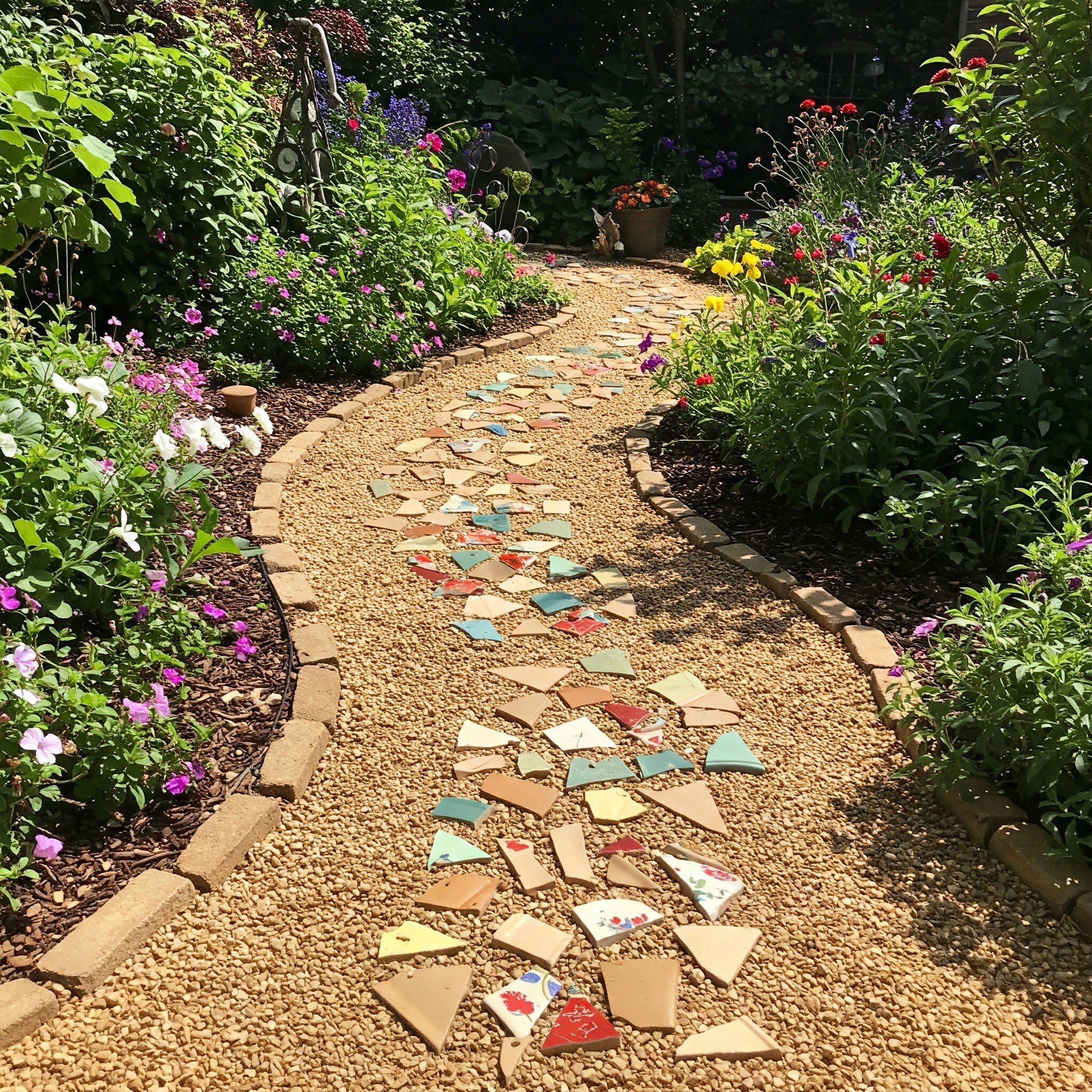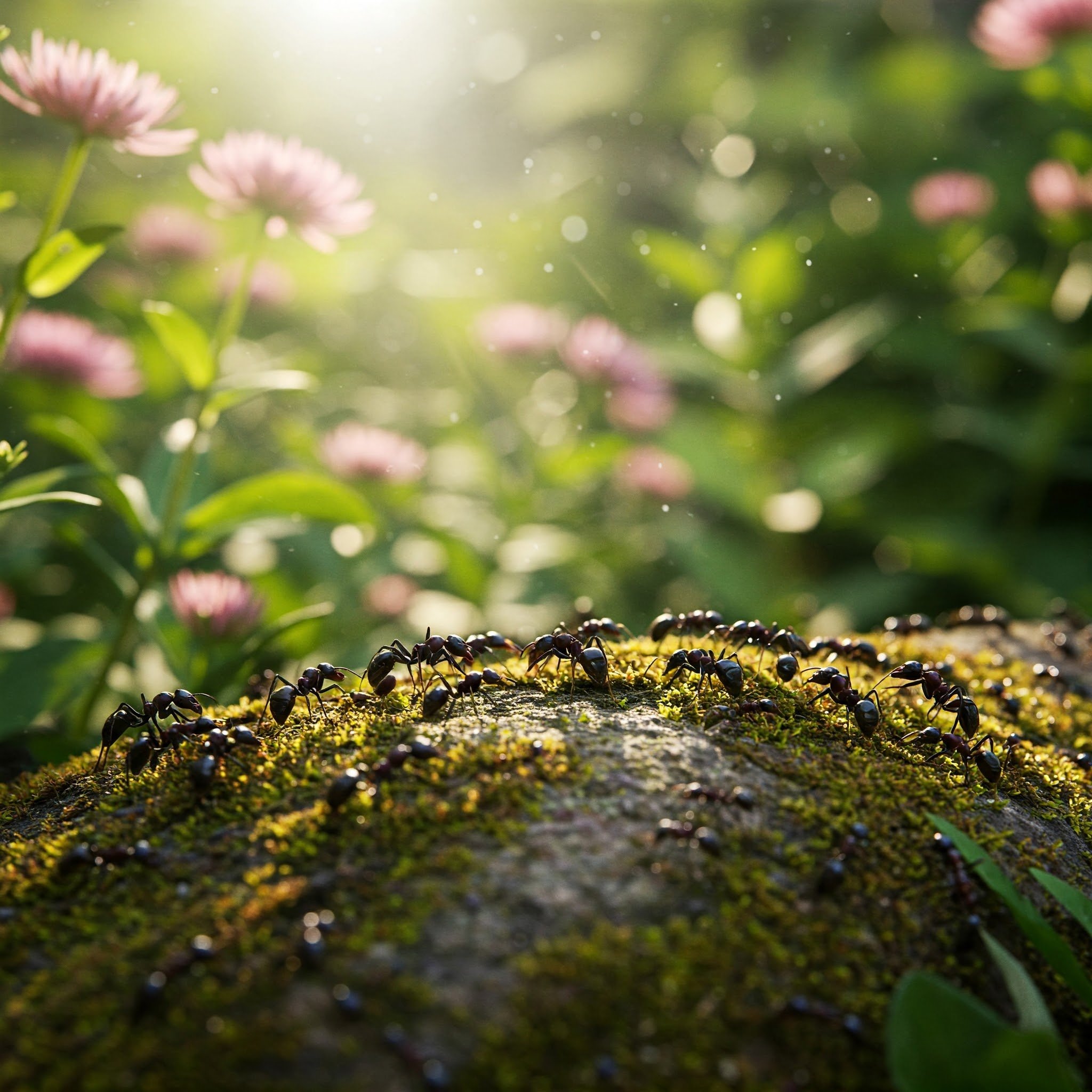How to Kill Nutgrass: Simple and Effective Solutions
Discover foolproof methods in our comprehensive guide on How to Kill Nutgrass: Simple and Effective Solutions. Transform your garden today with expert tips and sustainable practices.
Is your lush garden being sabotaged by an uninvited guest? Nutgrass, also known as yellow nutsedge, is a tenacious weed that can quickly take over your beautiful landscape if left unchecked. But fear not! In this guide on How to Kill Nutgrass: Simple and Effective Solutions, we'll walk you through practical, tried-and-true methods to reclaim your garden's glory. Whether you're a seasoned gardener or a green-thumbed newbie, these strategies will help you say goodbye to nutgrass for good.
Understanding Nutgrass: The Sneaky Invader
Before diving into the eradication process, it’s crucial to understand what you're dealing with. Nutgrass is no ordinary weed; it's a perennial plant that spreads through both tubers and seeds, making it notoriously difficult to eliminate. Here's what makes nutgrass such a persistent problem:
Characteristics of Nutgrass
Appearance: Bright green stems with a triangular cross-section, resembling grass but with a glossy texture.
Growth Pattern: Rapid growth rate, often outcompeting desirable plants for nutrients and sunlight.
Reproduction: Spreads via underground tubers (nuts) and prolific seed production.
Nutgrass, also known as nutsedge, is a fast-spreading weed that can quickly become a nuisance in lawns and gardens. Its appearance is distinctive, with bright green stems that have a triangular cross-section, setting it apart from typical grasses. The glossy texture of its blades adds to its identifiable look. With a rapid growth pattern, nutgrass often outcompetes desirable plants by stealing nutrients, water, and sunlight, making it particularly troublesome in well-maintained landscapes. Its ability to reproduce aggressively through underground tubers, known as "nuts," and prolific seed production allows it to spread quickly and establish itself in a variety of conditions. Identifying and managing nutgrass early is crucial to prevent it from overtaking your garden or lawn.
Why Nutgrass is a Problem
Competition: Outcompetes lawn grasses and garden plants, leading to sparse and unhealthy growth.
Aesthetic Impact: Its vibrant yellow-green color can detract from the uniform look of your garden or lawn.
Resilience: Resistant to many common herbicides and gardening methods, requiring persistent effort to control.
Nutgrass, or nutsedge, is a highly invasive weed that poses significant challenges for gardeners and homeowners. Its aggressive nature allows it to outcompete lawn grasses and garden plants, depriving them of essential nutrients, water, and sunlight, which often results in sparse, unhealthy growth in affected areas. Beyond its impact on plant health, nutgrass also disrupts the visual appeal of your landscape—its vibrant yellow-green color and upright growth habit can clash with the uniform look of your lawn or garden. Adding to its notoriety is its resilience; nutgrass is resistant to many common herbicides and traditional gardening methods, making it difficult to eliminate. Effective control requires persistence and a strategic approach to protect your plants and preserve your landscape’s beauty.
How to Kill Nutgrass: Simple and Effective Solutions
Now that we've set the stage, let’s explore the various methods to tackle nutgrass head-on. From natural remedies to chemical treatments, we've got you covered.
1. Manual Removal: Getting Hands-On
Sometimes, the old-fashioned way is the best way. Manual removal involves digging out the nutgrass entirely, tubers and all.
Steps for Manual Removal
Identify the Nutgrass: Look for the characteristic triangular stems and bright yellow-green color.
Water the Area: Moist soil is easier to work with, making it simpler to extract the roots and tubers.
Dig Deep: Use a hoe or spade to dig around the weed, ensuring you remove all underground parts.
Dispose Properly: Avoid composting nutgrass, as tubers can survive and re-establish.
Pro Tip: Consistency is key. Regular manual removal can significantly reduce nutgrass presence over time.
2. Smothering: Starve the Weed
Nutgrass thrives in sunlight, so depriving it of light can effectively kill it.
How to Smother Nutgrass
Mulching: Apply a thick layer of organic mulch (3-4 inches) around your plants to block sunlight.
Landscape Fabric: Use landscape fabric to cover affected areas, preventing light from reaching the nutgrass.
Cardboard or Newspaper: Lay down cardboard or multiple layers of newspaper as a biodegradable smother barrier.
Benefits: This method is eco-friendly and also helps retain soil moisture and suppress other weeds.
3. Chemical Control: When Nature Isn’t Enough
For stubborn nutgrass infestations, chemical herbicides might be necessary. However, use them judiciously to avoid harming desirable plants.
Selecting the Right Herbicide
Glyphosate: A non-selective herbicide that kills all vegetation it contacts. Best for spot treatments.
Sethoxydim: A selective herbicide effective against nutgrass without damaging certain lawn grasses.
Sulfuric Acid: An alternative for organic gardeners, though it must be used with caution.
Application Tips
Follow Instructions: Always read and adhere to the manufacturer’s guidelines.
Targeted Application: Use a spray shield or spot treatment to apply herbicides directly to nutgrass.
Repeat Treatments: Multiple applications may be necessary to fully eradicate nutgrass.
Safety Note: Wear protective gear and avoid applying herbicides on windy days to prevent drift to other plants.
4. Solarization: Harness the Sun’s Power
Solarization uses the sun’s energy to heat the soil, killing nutgrass and its seeds.
Steps for Solarization
Prepare the Soil: Clear the area of debris and loosen the soil.
Moisten the Soil: Damp soil conducts heat better, enhancing the solarization process.
Cover with Clear Plastic: Lay clear plastic sheeting over the area, securing the edges to trap heat.
Wait: Leave the plastic in place for 4-6 weeks during the hottest months.
Advantages: This method is chemical-free and can also eliminate other soil-borne pests and diseases.
5. Organic Remedies: Green Solutions
If you prefer eco-friendly approaches, several organic methods can help control nutgrass.
Vinegar Solution
Mixing Ratio: Combine 1 gallon of white vinegar with 1 cup of salt and 1 tablespoon of dish soap.
Application: Spray directly onto nutgrass leaves on a sunny day.
Effectiveness: The acidity and salt desiccate the plant, but may also affect surrounding vegetation.
Boiling Water
Method: Pour boiling water directly onto the nutgrass.
Repeat Applications: May need multiple treatments to fully kill the weed.
Caution: Use carefully to avoid harming nearby plants.
6. Preventative Measures: Keep Nutgrass at Bay
Prevention is better than cure. Implementing these strategies can help prevent nutgrass from taking root in your garden.
Lawn Maintenance Tips
Healthy Lawn: Maintain a dense, healthy lawn to outcompete nutgrass.
Proper Mowing: Mow at the recommended height for your grass type to shade out weeds.
Regular Aeration: Improve soil health and reduce weed invasion by aerating your lawn.
Garden Practices
Crop Rotation: Rotate plants to disrupt nutgrass growth cycles.
Dense Planting: Plant ground covers or dense plantings to minimize open spaces for nutgrass to establish.
Conclusion
Dealing with nutgrass can be frustrating, but with the right strategies, you can reclaim your garden and keep it thriving. Whether you choose manual removal, smothering, chemical control, or organic remedies, persistence is key. Remember, the guide on How to Kill Nutgrass: Simple and Effective Solutions offers a variety of approaches tailored to different preferences and garden conditions. By understanding the nature of nutgrass and implementing these solutions, you'll be well on your way to a weed-free, vibrant garden that you can proudly showcase all year round.
Embrace these methods, stay consistent, and watch as your garden flourishes, free from the pesky grip of nutgrass!
Frequently Asked Questions
1. What makes nutgrass so difficult to eliminate?
Nutgrass spreads through both tubers and seeds, allowing it to regenerate even after the visible plant is removed. Its robust root system makes it resilient against many control methods.
2. Can I use boiling water to kill nutgrass in my lawn?
Yes, boiling water can be effective in spot-treating nutgrass. However, it must be applied carefully to avoid damaging surrounding desirable plants. Multiple applications may be necessary.
3. Are there any natural herbicides that work on nutgrass?
Yes, vinegar-based solutions and essential oil herbicides can help control nutgrass organically. These methods are safer for the environment but may require repeated applications for best results.
4. How long does it take to see results from solarization?
Solarization typically requires 4-6 weeks of sunny weather to effectively kill nutgrass and other soil-borne pests. The exact time may vary based on climate and soil conditions.
5. Is manual removal the only way to get rid of nutgrass?
Manual removal is one effective method, but combining it with other strategies like smothering, chemical treatments, or organic remedies can enhance the chances of completely eradicating nutgrass from your garden.































